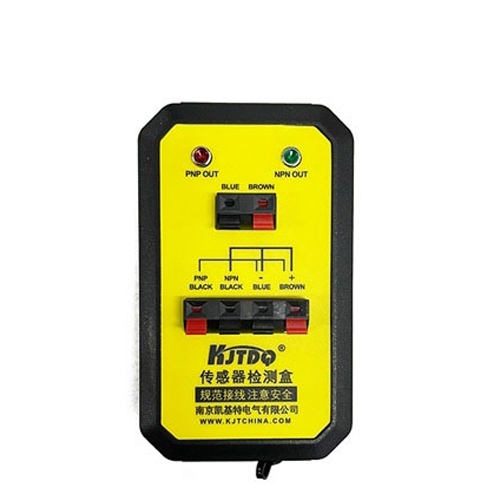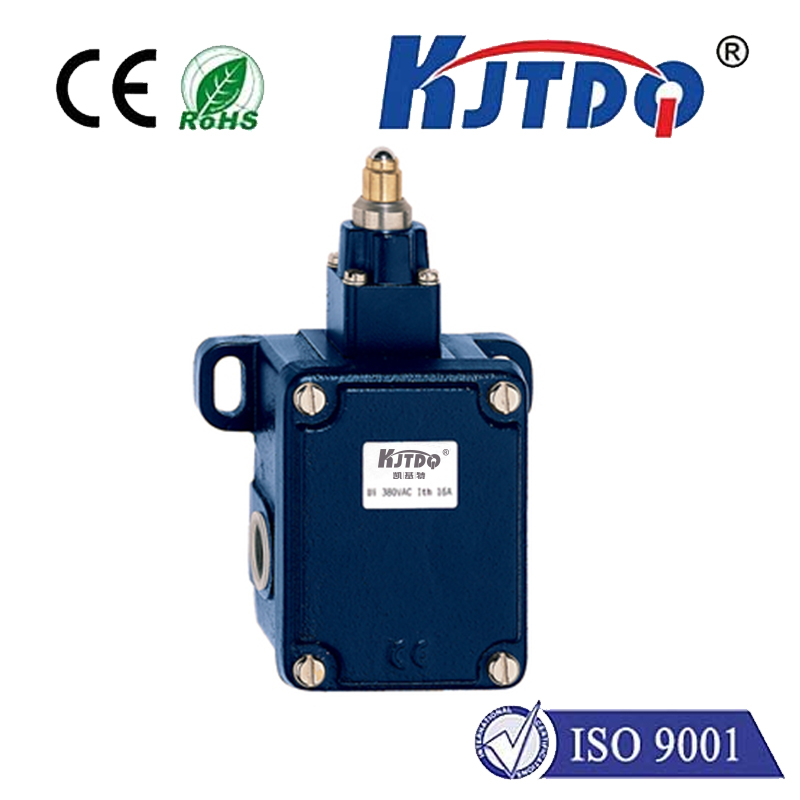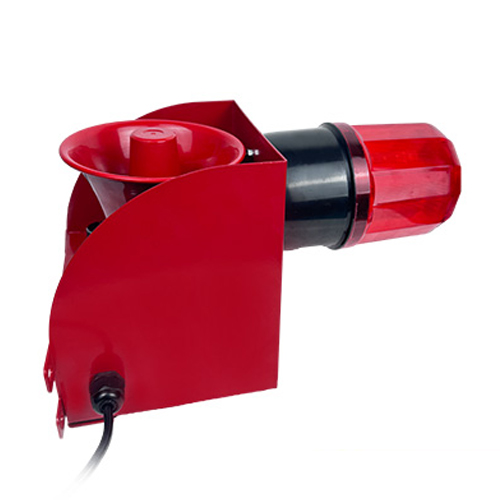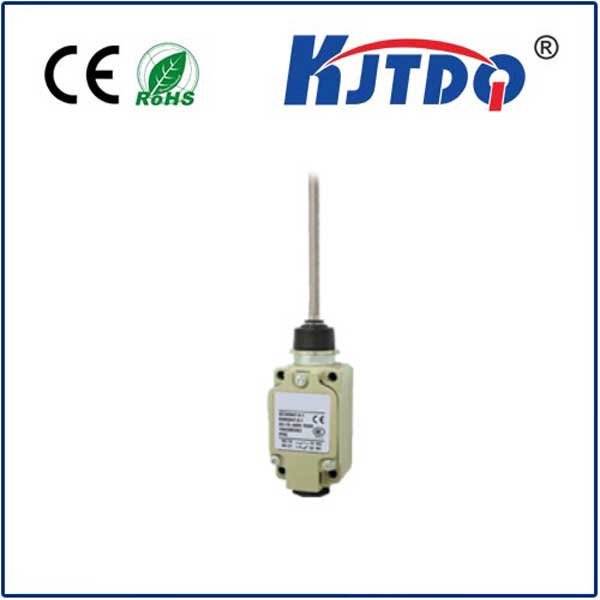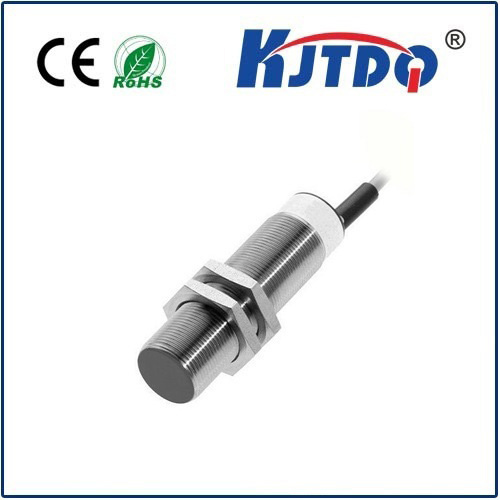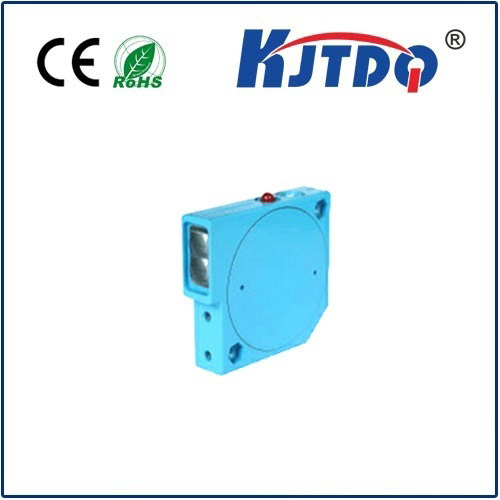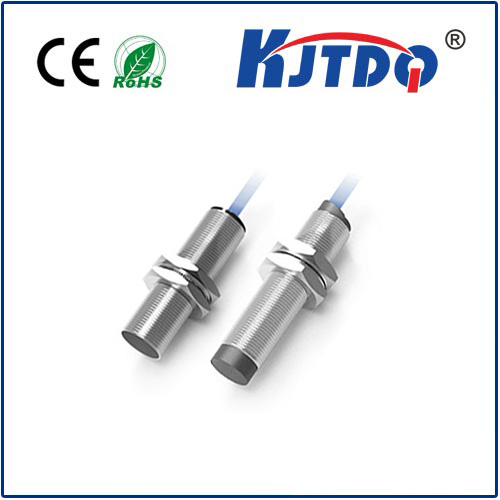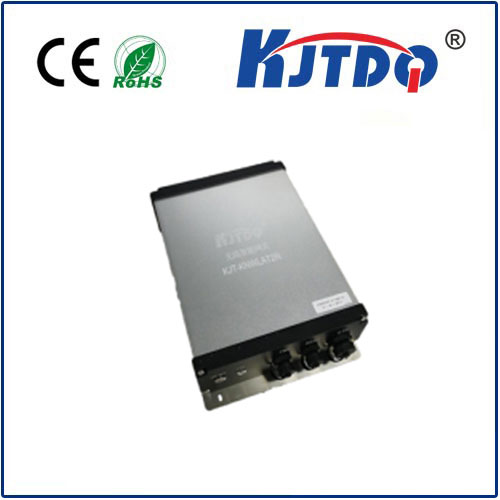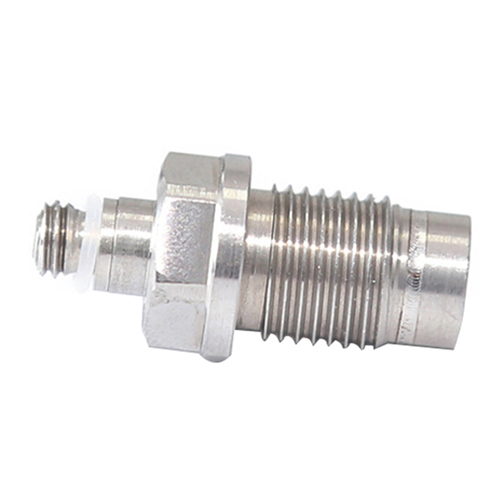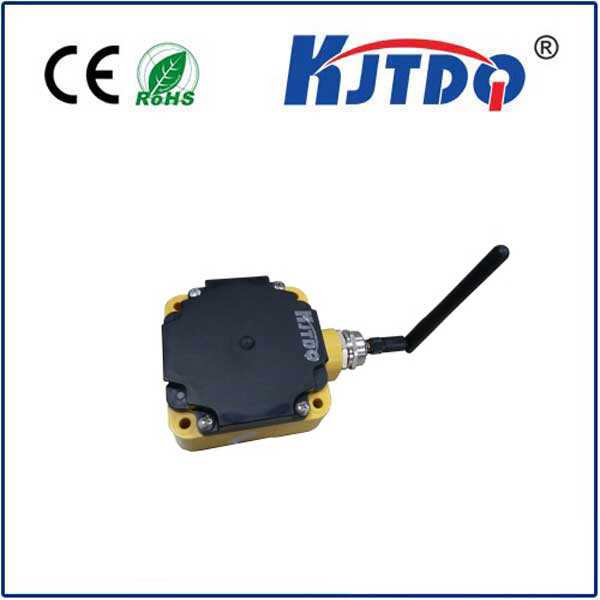

check

check

check

check
The Ultimate Guide to PR-M51N1 Photoelectric Sensor: Enhancing Automation and Safety
In today’s rapidly evolving industrial landscape, precision and efficiency are key to maintaining competitive advantage. Among the many advancements in automation technology, the PR-M51N1 photoelectric sensor stands out as a crucial component in modern systems, offering reliable performance and versatility in various applications. This article explores the features, benefits, and practical uses of the PR-M51N1 photoelectric sensor, providing readers with a comprehensive understanding of how it enhances automation and safety in industrial settings.
The PR-M51N1 photoelectric sensor is designed for use in applications where precise detection is essential. It operates on the principle of light emission and detection, using either infra-red (IR) or ultraviolet (UV) light to determine the presence or absence of an object. This non-contact method ensures high accuracy and minimal interference from environmental factors, making it ideal for use in environments where physical contact could be disruptive or unsafe.

One of the primary advantages of the PR-M51N1 is its high sensitivity and reliable performance. The sensor is built with advanced technology that allows it to detect even the smallest objects with high precision. Whether it’s monitoring the movement of materials in a production line or ensuring the correct placement of components in a manufacturing process, the PR-M51N1 delivers consistent and accurate results.
In addition to its high performance, the PR-M51N1 is also designed for durability and longevity. The sensor is constructed with a robust and corrosion-resistant material, making it suitable for use in harsh industrial environments. Its compact size and modular design also make it easy to integrate into existing systems, reducing installation time and costs.
Another key feature of the PR-M51N1 is its wide range of applications. It can be used in a variety of settings, including:
The sensor’s ability to detect objects in real-time makes it an essential component in many automation systems, ensuring that processes run smoothly and efficiently. In safety-critical environments, the PR-M51N1 provides an additional layer of protection by detecting obstacles or unauthorized personnel, helping to prevent accidents and ensure workplace safety.
For businesses looking to improve their operational efficiency and safety, the PR-M51N1 photoelectric sensor is a valuable investment. It not only enhances the performance of existing systems but also opens up new possibilities for automation and innovation. By integrating the PR-M51N1 into their operations, companies can benefit from increased productivity, reduced downtime, and improved overall safety.
In conclusion, the PR-M51N1 photoelectric sensor is a powerful tool for modern industrial applications. Its advanced features, high reliability, and versatility make it an excellent choice for businesses seeking to improve automation and safety. As industries continue to evolve, the role of sensors like the PR-M51N1 will only become more critical. With the right integration and maintenance, this sensor can significantly contribute to the success of any automation project.
